When is Seven Worlds, One Planet on TV?
The first episode of Seven Worlds, One Planet airs on BBC One on Sunday 27 October at 6.15pm.
Each episode covers a different continent:
- Antarctica
- Asia
- South America
- Australia
- Europe
- North America
- Africa
The November 2019 issue (on sale Thursday 24 October) of BBC Wildlife includes a feature on Seven Worlds, One Planet by Michael Bright, and the December 2019 issue (on sale Thursday 21 November) includes a bonus Seven Worlds, One Planet magazine.
Win a copy of the Seven Worlds, One Planet book
BBC Wildlife has teamed up with Penguin Random House to offer our readers the chance to win a copy of the accompanying book.
Written by executive producer Dr Jonny Keeling and series producer Scott Alexander (find out more about the producers further down this page), with a foreword by Sir David Attenborough, the book uncovers the wildlife stories that make each continent unique and includes stills from the BBC Natural History Unit's spectacular footage.
We have 10 copies to give away! This competition closes at 11.59pm on Sunday 1 December 2019.
Watch the trailer for Seven Worlds, One Planet:
Is Sir David Attenborough presenting Seven Worlds, One Planet?
Broadcaster, conservationist and national treasure Sir David Attenborough is once again the presenter and narrator for the BBC.

“Seven Worlds, One Planet will resonate with audiences worldwide. We all belong to a continent after all, we all share planet earth. I am delighted to introduce the latest work from BBC Studios’ Natural History Unit,” commented Sir David Attenborough.
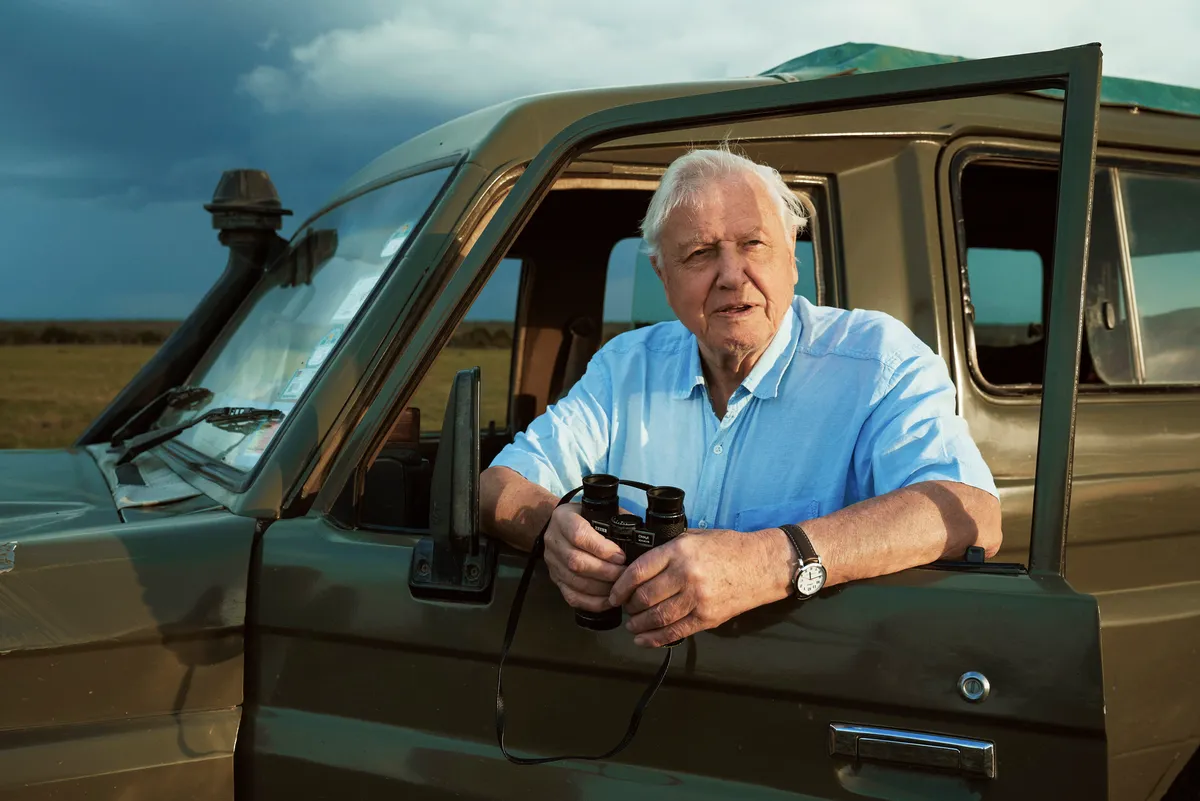
What is Seven Worlds, One Planet about?
The theme of BBC One’s forthcoming landmark series Seven Worlds, One Planet is not hard to explain. It explores the wildlife on the world’s seven continents … but there’s more.
It also reveals how each continent has evolved its unique flora and fauna, for at the heart of each film is geology and how the formation of the continents has profoundly influenced biological diversity across the entire planet. It’s a first.
“You’re so familiar with the conventional image of the Earth,” says executive producer Dr Jonny Keeling, “that you might think this is how it has always been, but actually the continents were mashed together in one great supercontinent – Pangaea – that broke apart about 200 million years ago. It dawned on me that if this supercontinent had not fragmented, we would not have the diversity of life that we see today."
“South America’s current location, for example, with the northern part of the continent straddling the Equator, has created a hothouse for life, making it the most biodiverse of all the continents. It has 40% of the world’s known species living on 12% of the Earth’s land surface. In a single tropical rainforest tree there might be 1,000 species of beetles, compared to 50 in an entire British oak wood."
“At the other end of the scale is Antarctica, a continent dominated by ice. It’s almost uninhabitable. Any residents there are tiny, no bigger than springtails and mites. Sub-Antarctic islands, on the other hand, are heaving with life. There are vast colonies of king penguins, elephant seals and albatrosses that ply the nutrient rich Southern Ocean."
Some facts and figures about Seven Worlds, One Planet
- Continents visited: 7
- Countries visited: 42
- Shoots: 92
- Filming days: 1794
- Days spent travelling: 499
- Hours of footage: 2260.5
- People involved: 1500+
What animals are featured in Seven Worlds, One Planet?
The team behind Seven Worlds, One Planet manage to pack in a wide range of fantastic and fascinating wildlife into the 7 episodes, and haven't limited themselves to the large vertebrates which are typically covered in natural history programmes - look out for crustaceans, spiders and salamanders amongst others. Some highlights include:
1
Antarctica



2
Asia
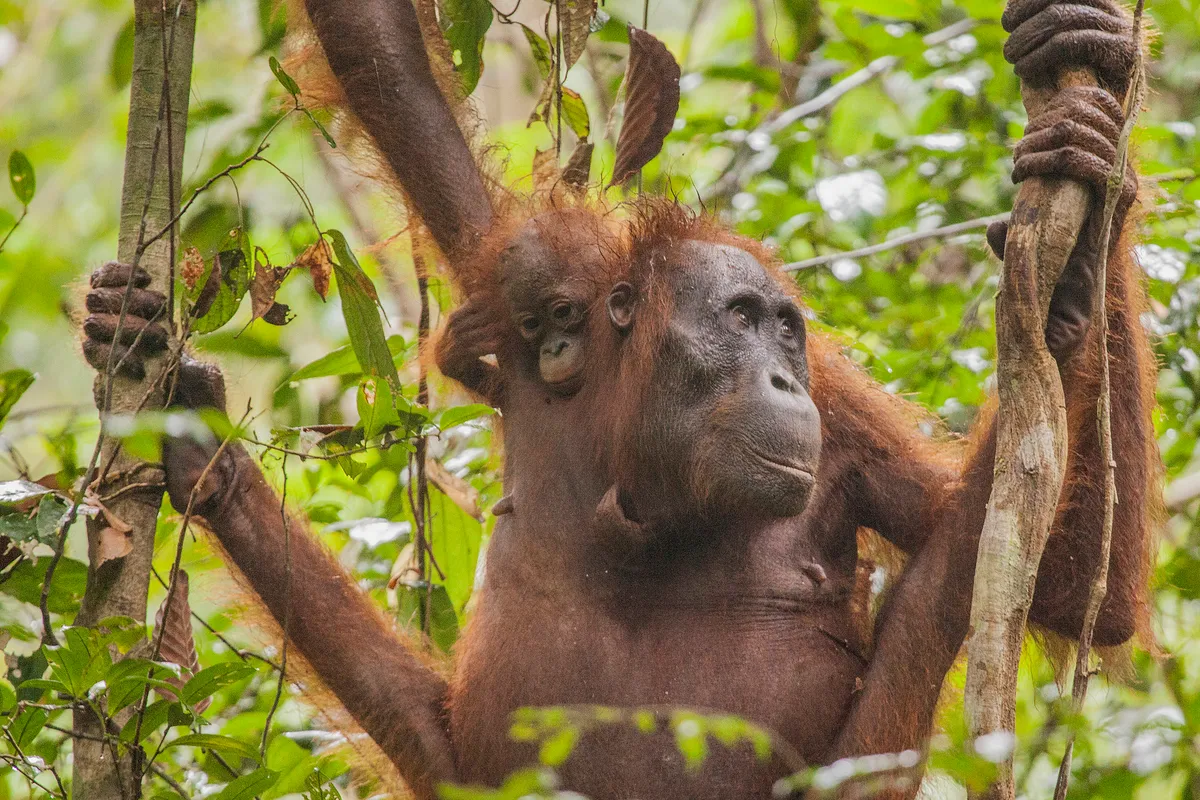
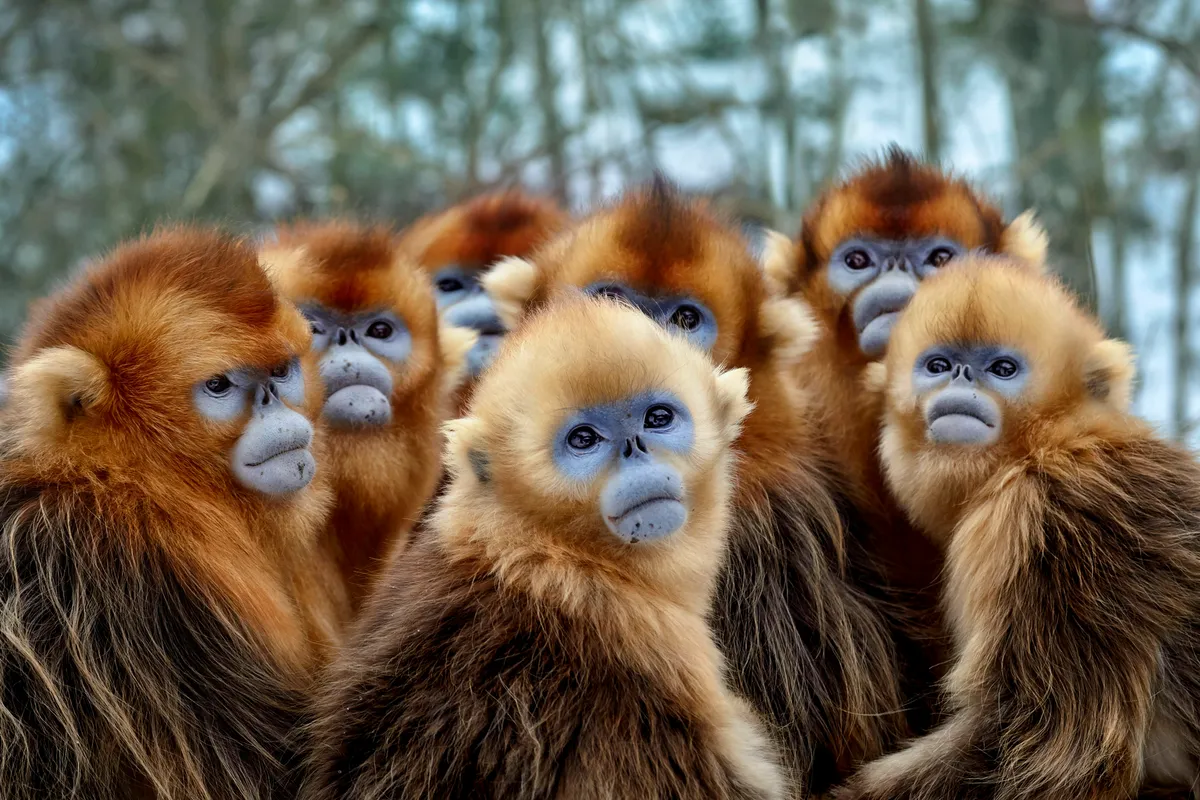
3
South America

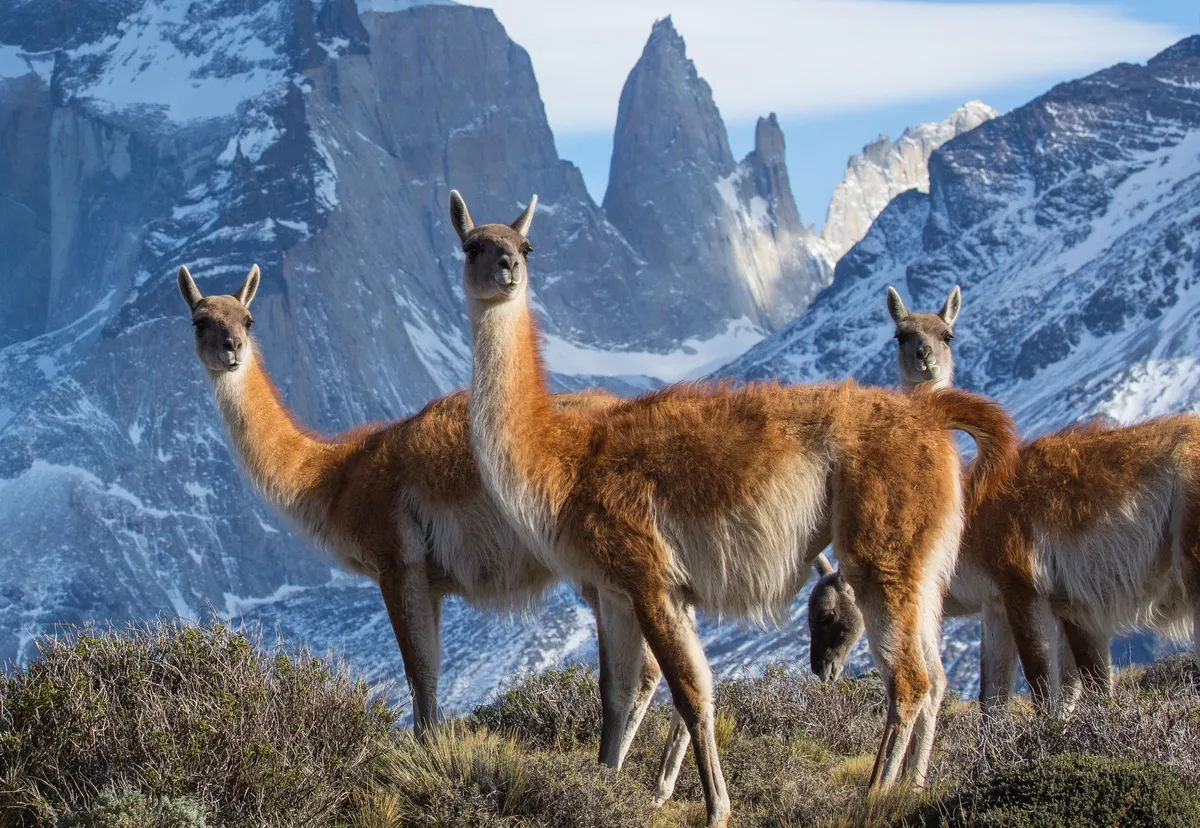
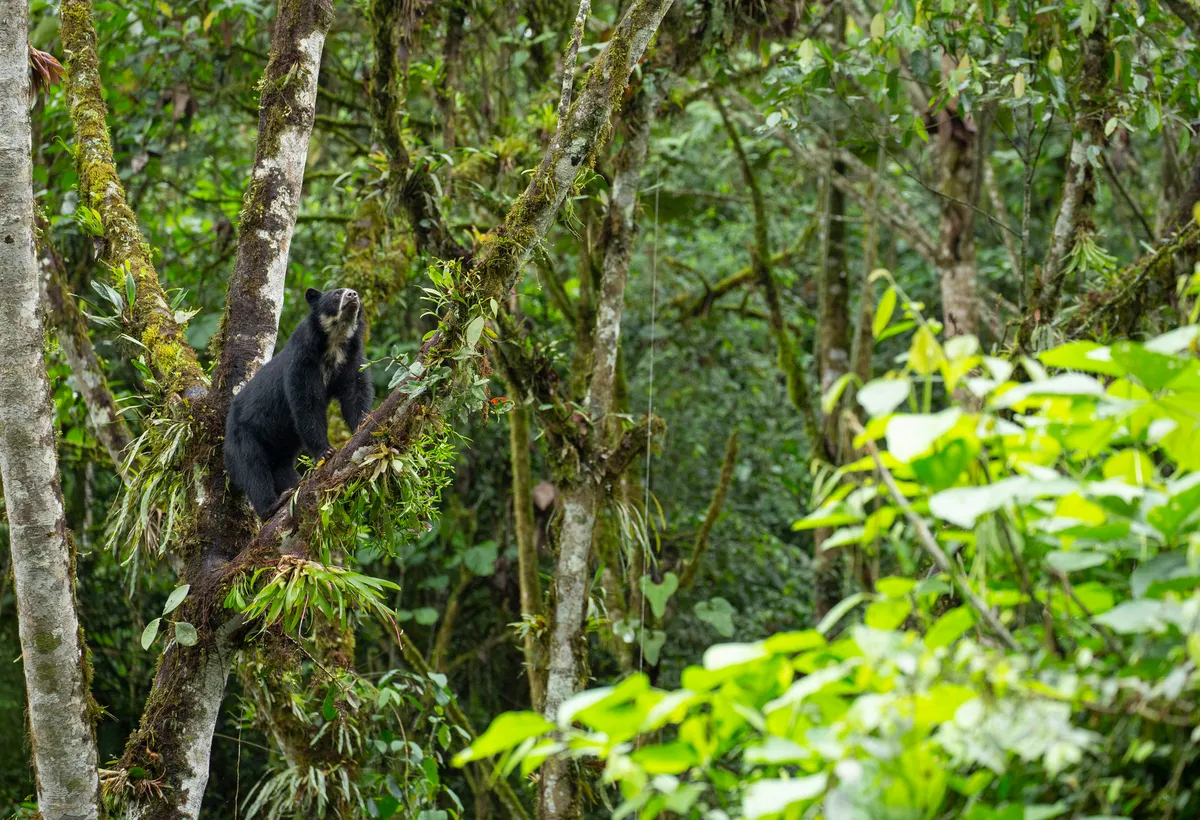
4
Australia
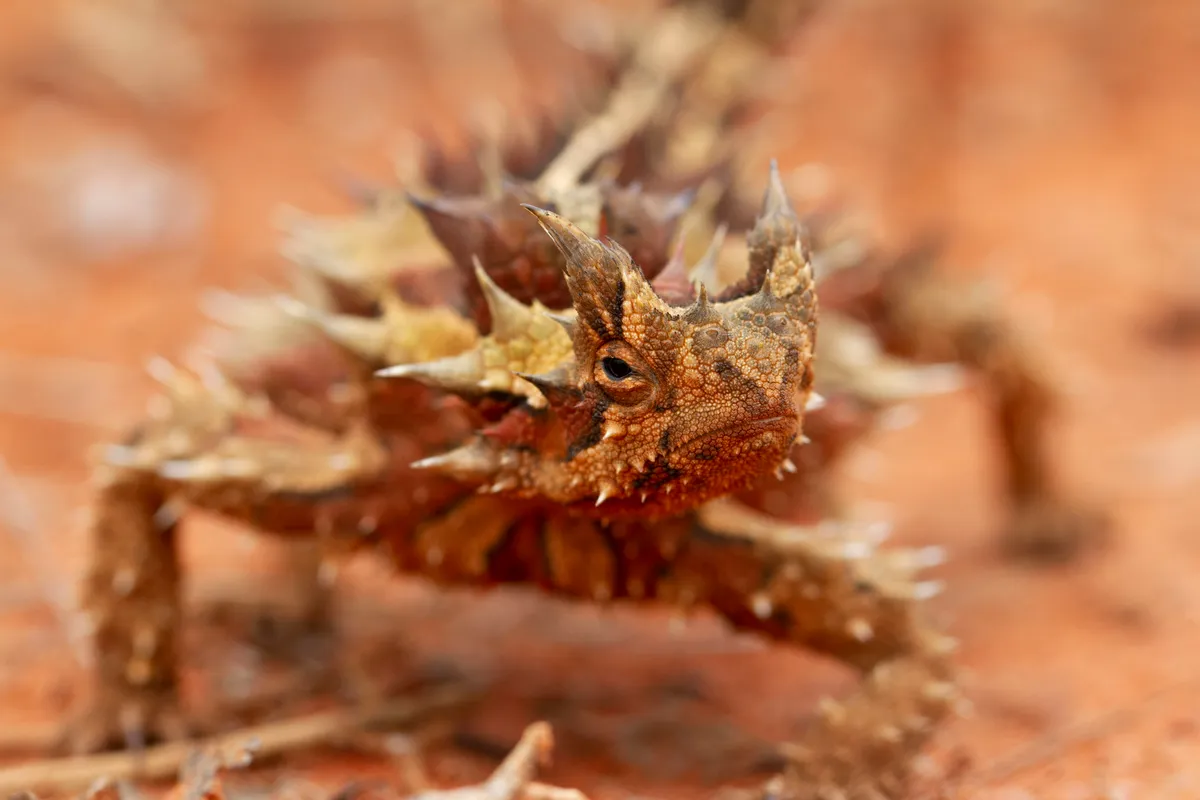
5
Europe
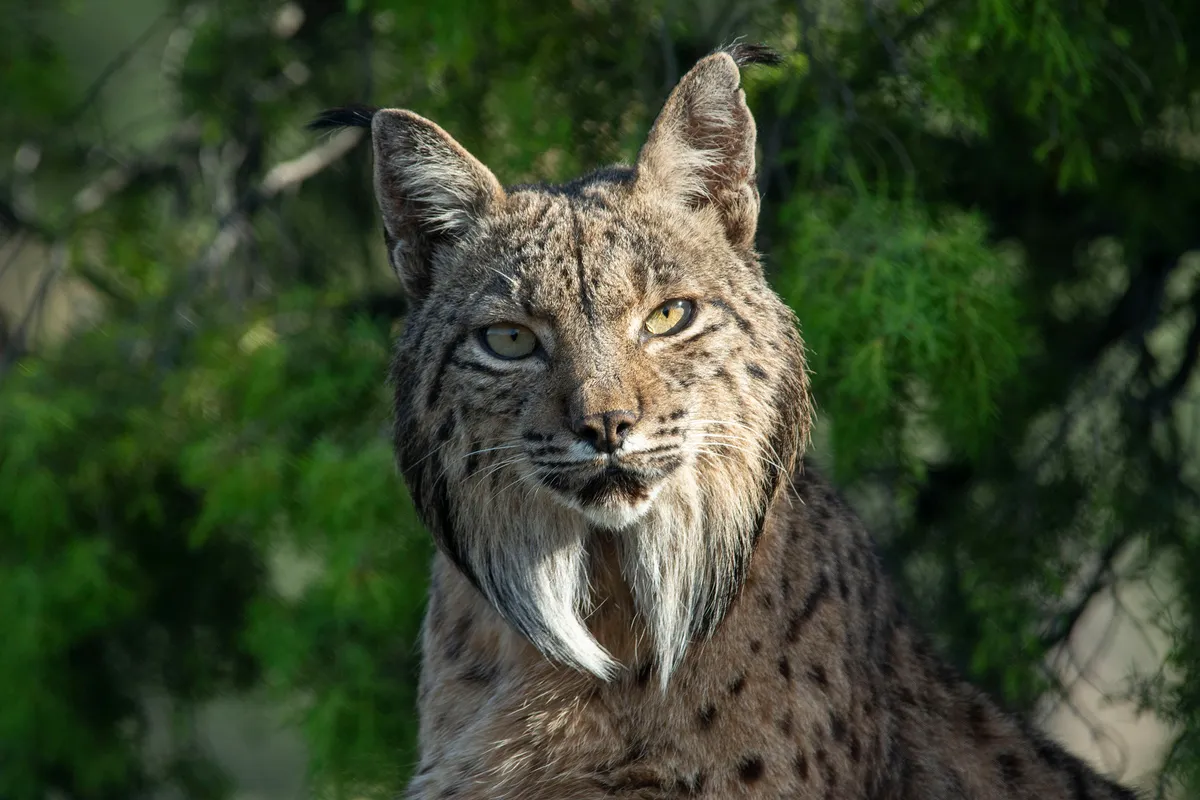
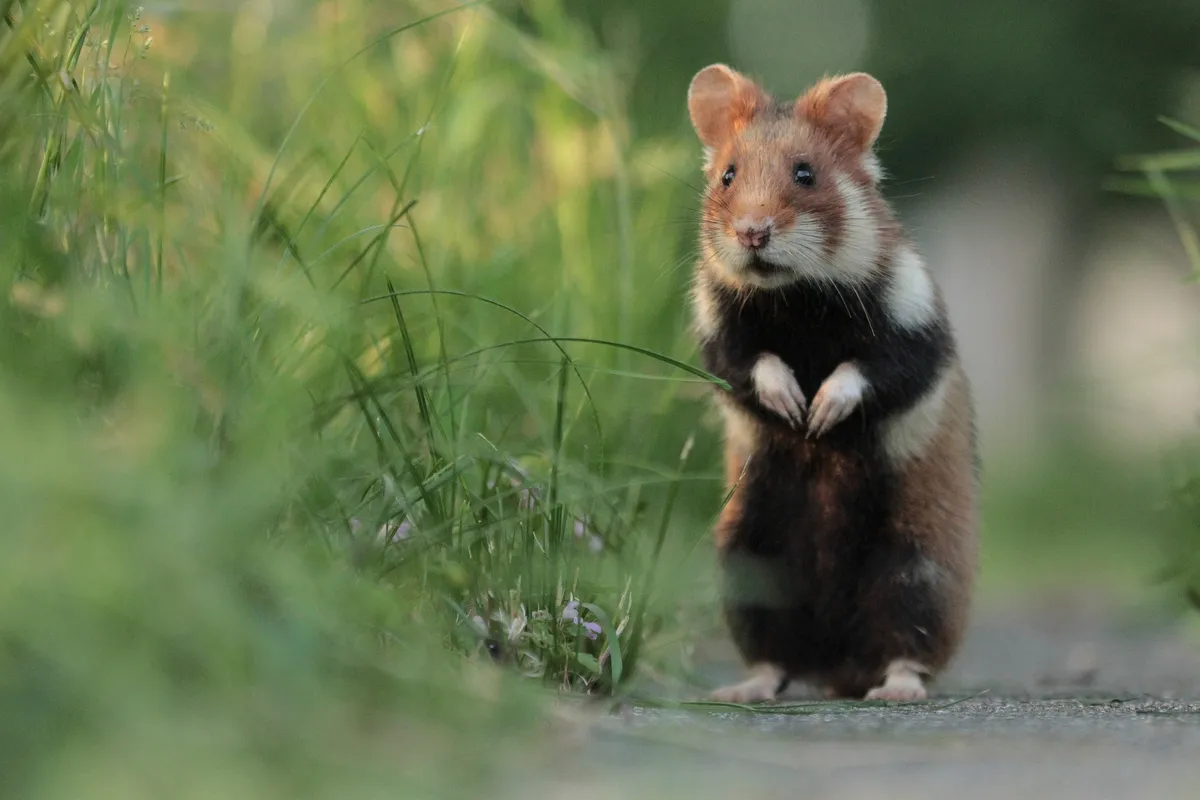
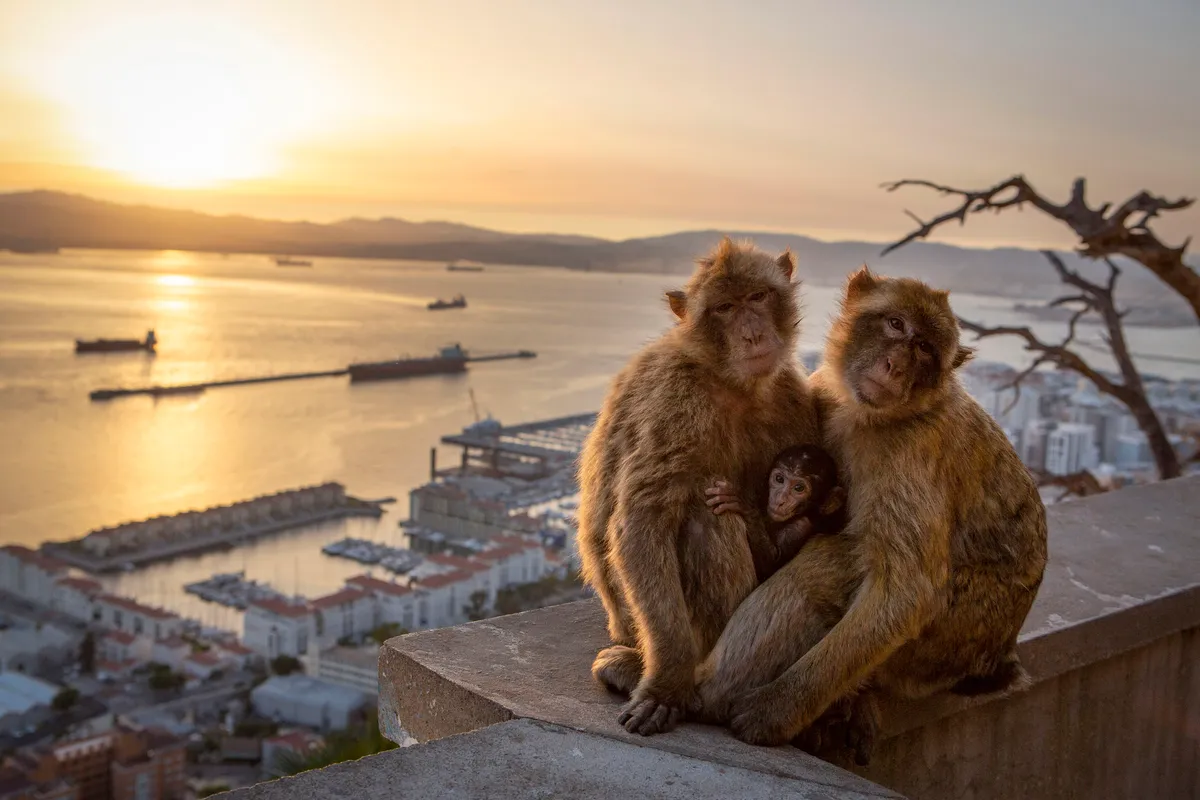
6
North America
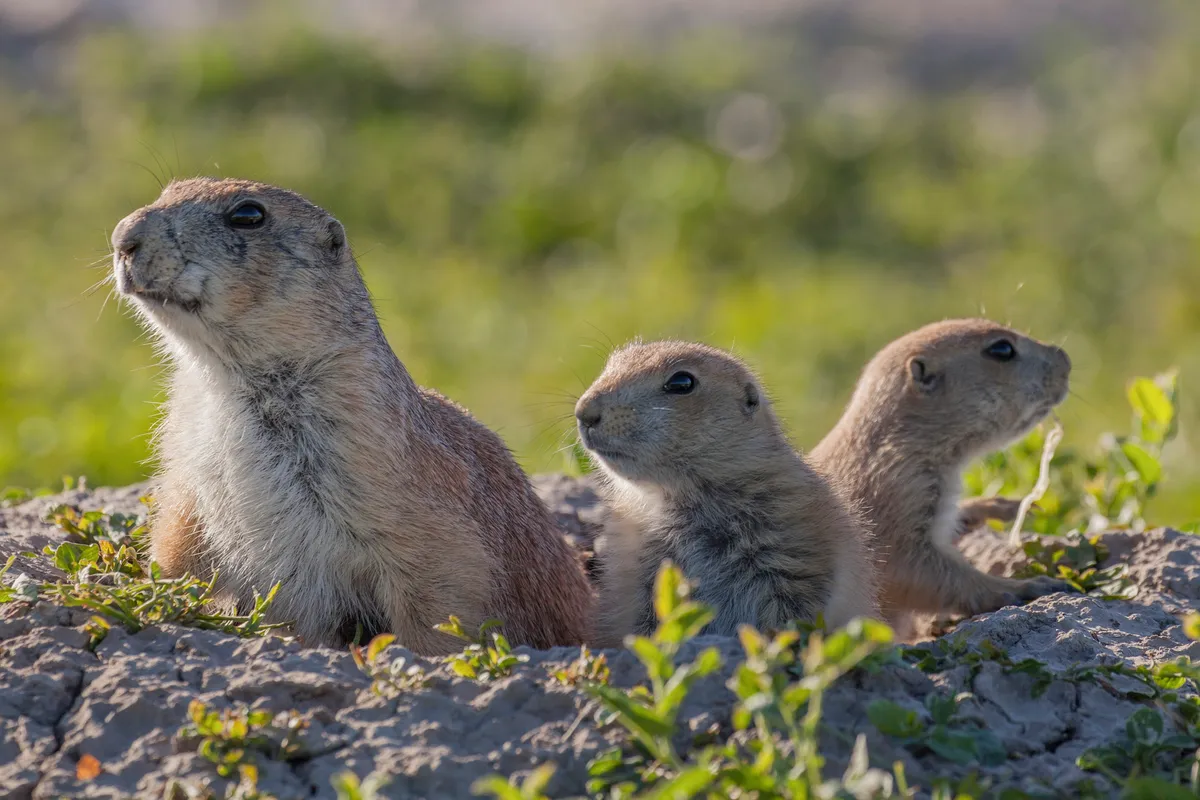
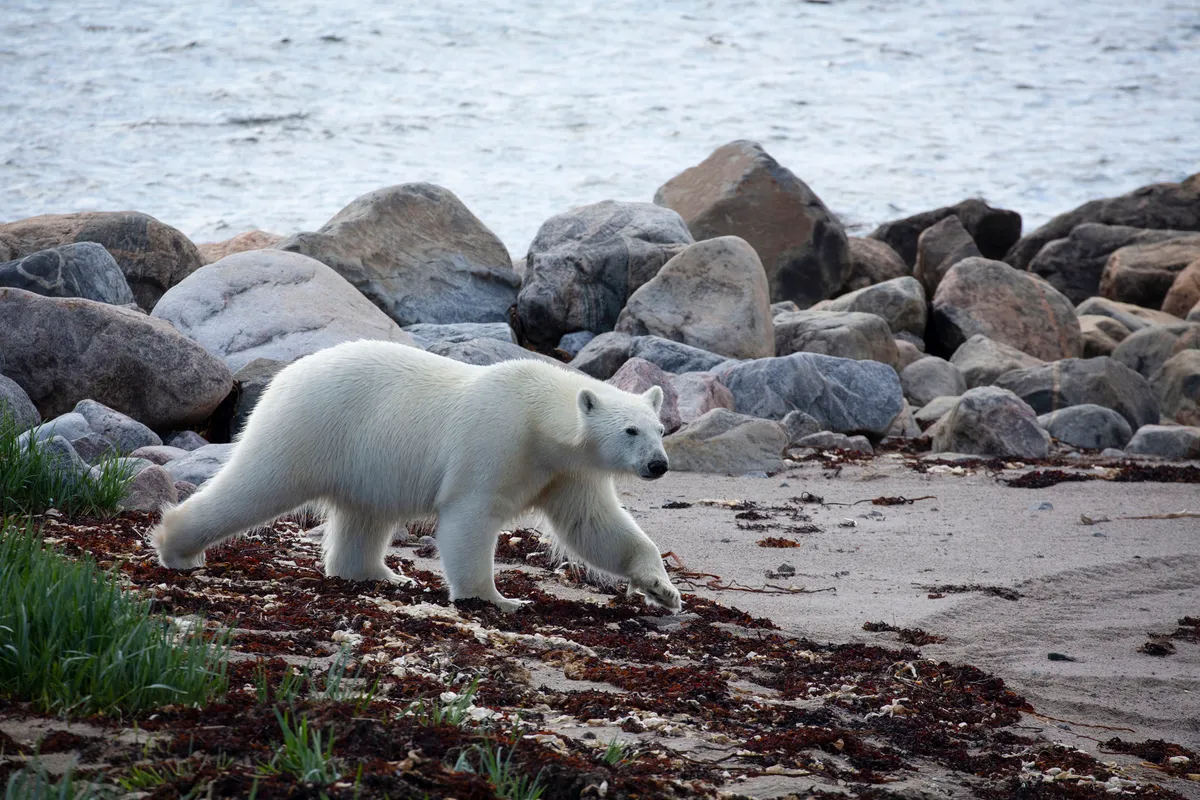
7
Africa

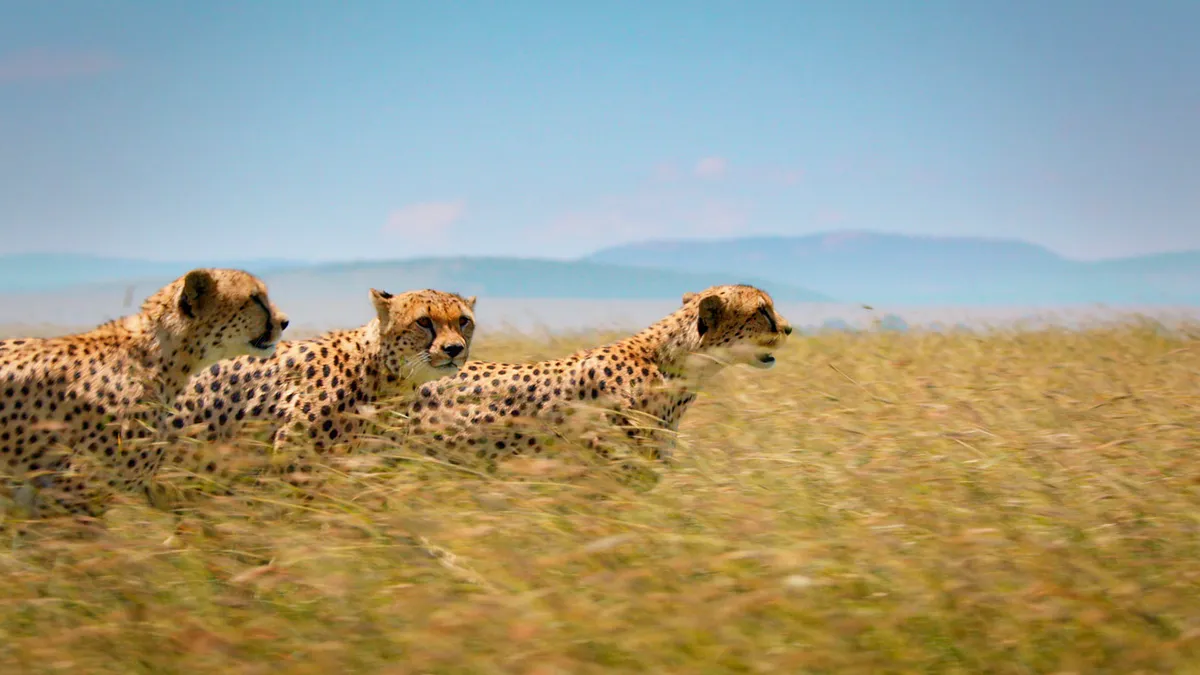
Meet some of the team behind Seven Worlds, One Planet

Whilst Sir David Attenborough is the face of Seven Worlds, One Planet, the series is only possible thanks to the hard work and dedication of the producers, camera persons, and other team members at the BBC Studios' Natural History Unit.
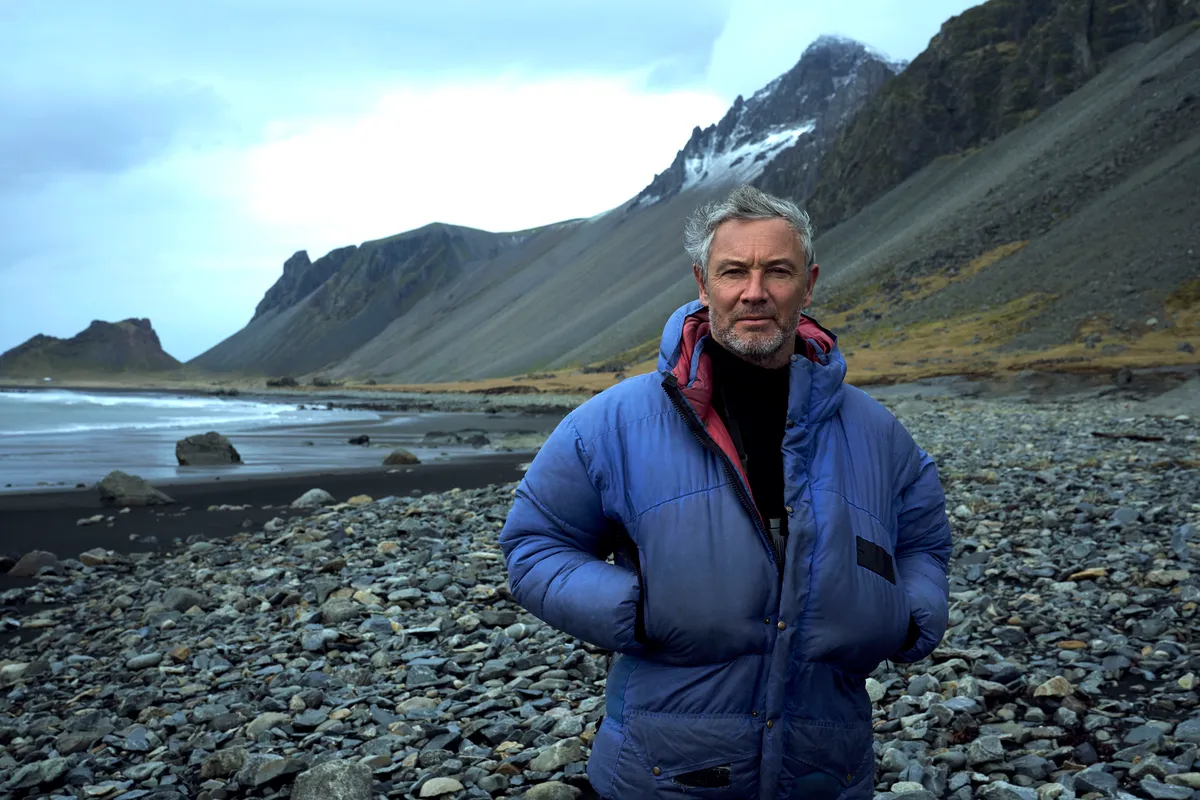
"There are echoes of series like Planet Earth II and Blue Planet II because they were great successes but Seven Worlds, One Planet is very different in several ways," says Dr Jonny Keeling, executive producer.
"First of all, this is the biggest series on biodiversity ever produced. The variety of life on earth is at risk so we’ve taken a big step forward in featuring these threats to our planet. At least one, often two sequences within each episode has a focus on biodiversity and the loss of biodiversity."
"We also frame everything in terms of geology. We will learn about mountain formations, about continents that crashed together and how that impacted the animals that live there. We’ve never featured this kind of geology before and it helps to give - almost literally - a backbone and a framework to those stories."

"This is the first time we’ve done a series based on the seven continents at a time when the biodiversity of each of the continents is at its greatest," says Scott Alexander, series producer.
"It comes at a pivotal moment because we could be entering biodiversity’s fastest decline - the sixth extinction. Normally we’ve broken up the natural world by habitat: this is an entirely new way to look at the planet."
"We went out looking for the newest and latest stories, new species, new behaviours. Even where we show animals that you’ve seen before hopefully they will be doing things you haven’t seen them doing before."
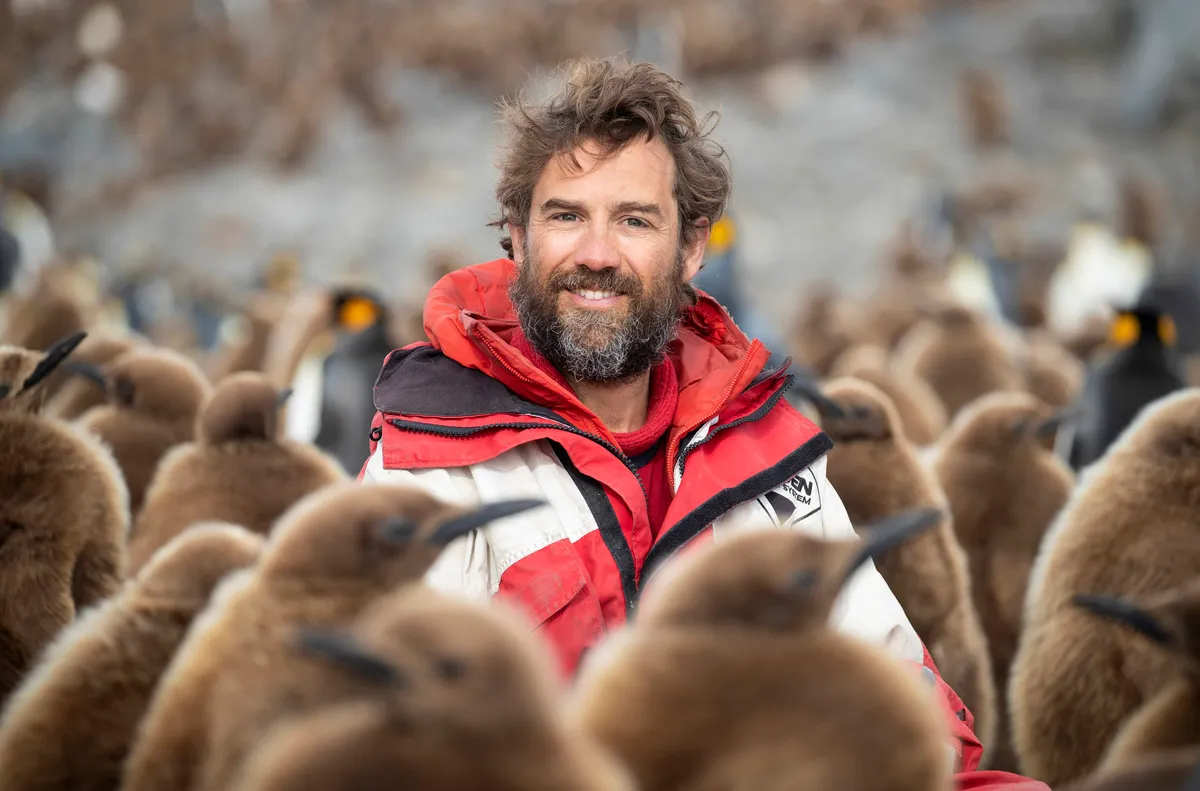
"Filming below sea ice is not easy," says Dr. Fredi Devas, producer of the Antarctica episode. "In Antarctica we drilled through nine feet of sea ice and then expert divers slipped down the hole like a slide in to the water."
"It’s incredibly hard, technical diving. They’ll swim off, say for 40 minutes with no ropes; they’ve got no GPS because you can’t get a signal through the ice. They just have to remember where they have come from. If they don’t get back the system is that people above the ice have to go and clear the snow in the shape of arrows pointing towards the hole. The divers look up for where there might be a little bit more translucent light coming through the arrows."

"Seven Worlds, One Planet is a series about diversity and there is nowhere more diverse than South America," says Chadden Hunter, producer of the North America and South America episodes.
"Alongside the geographic diversity we also wanted to get a kaleidoscopic range of animals in there. So many different types of animal have had to specialize to survive in this crowded world. Our question was: what do you need to do to carve your own niche or find your own way?"
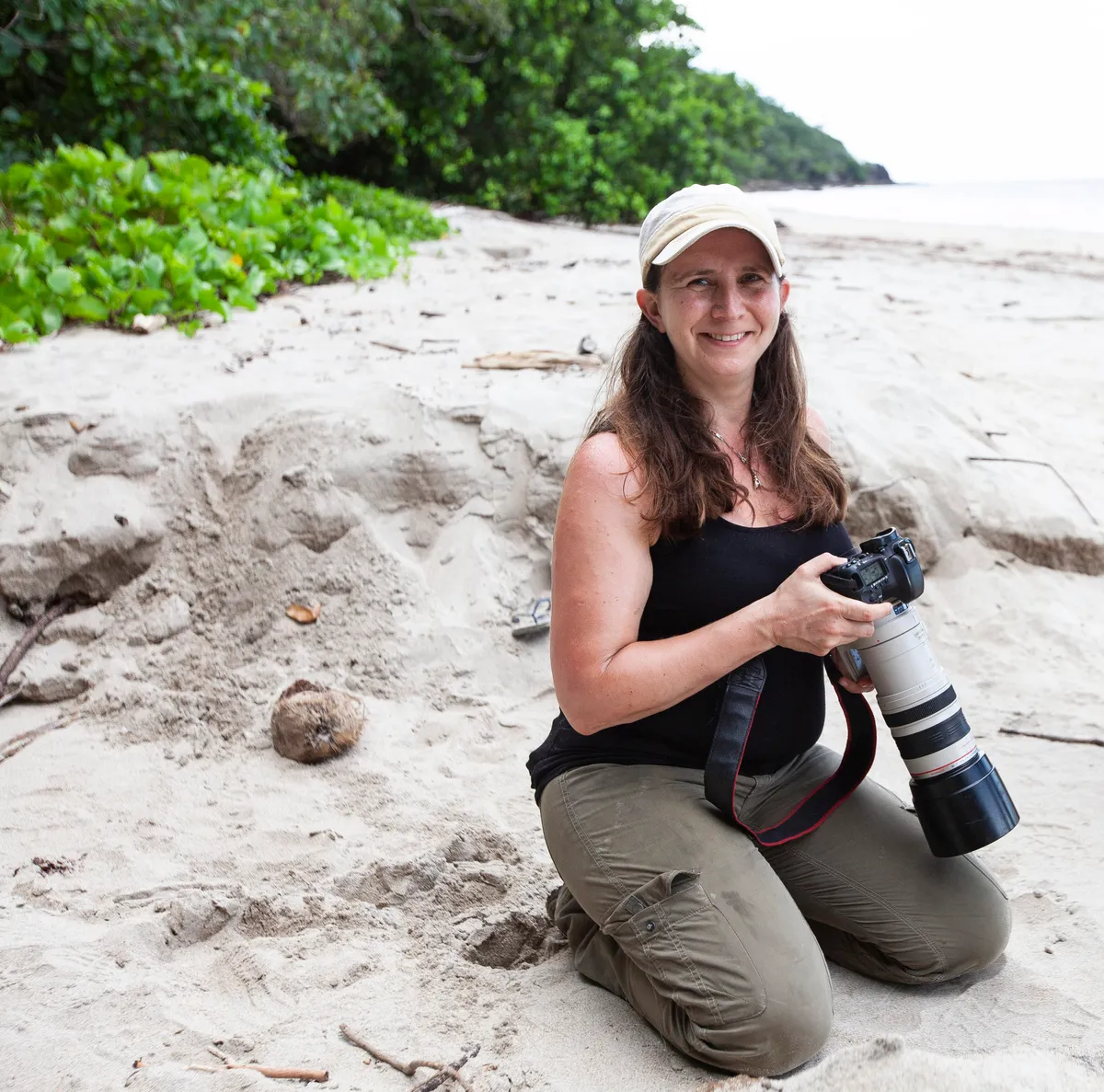
"To me, the most important thing about making these films is where you see something in the natural world and you can’t believe it’s true," says Emma Napper, producer of the Asia and Australia episodes. "That’s where the joy comes from. One real highlight for me was our story about the Sumatran rhino."
"I love that sequence because it started with something I’d never heard before and then developed in to a touching story about the impact that deforestation in Asia has had on such a beautiful and lovely little animal."
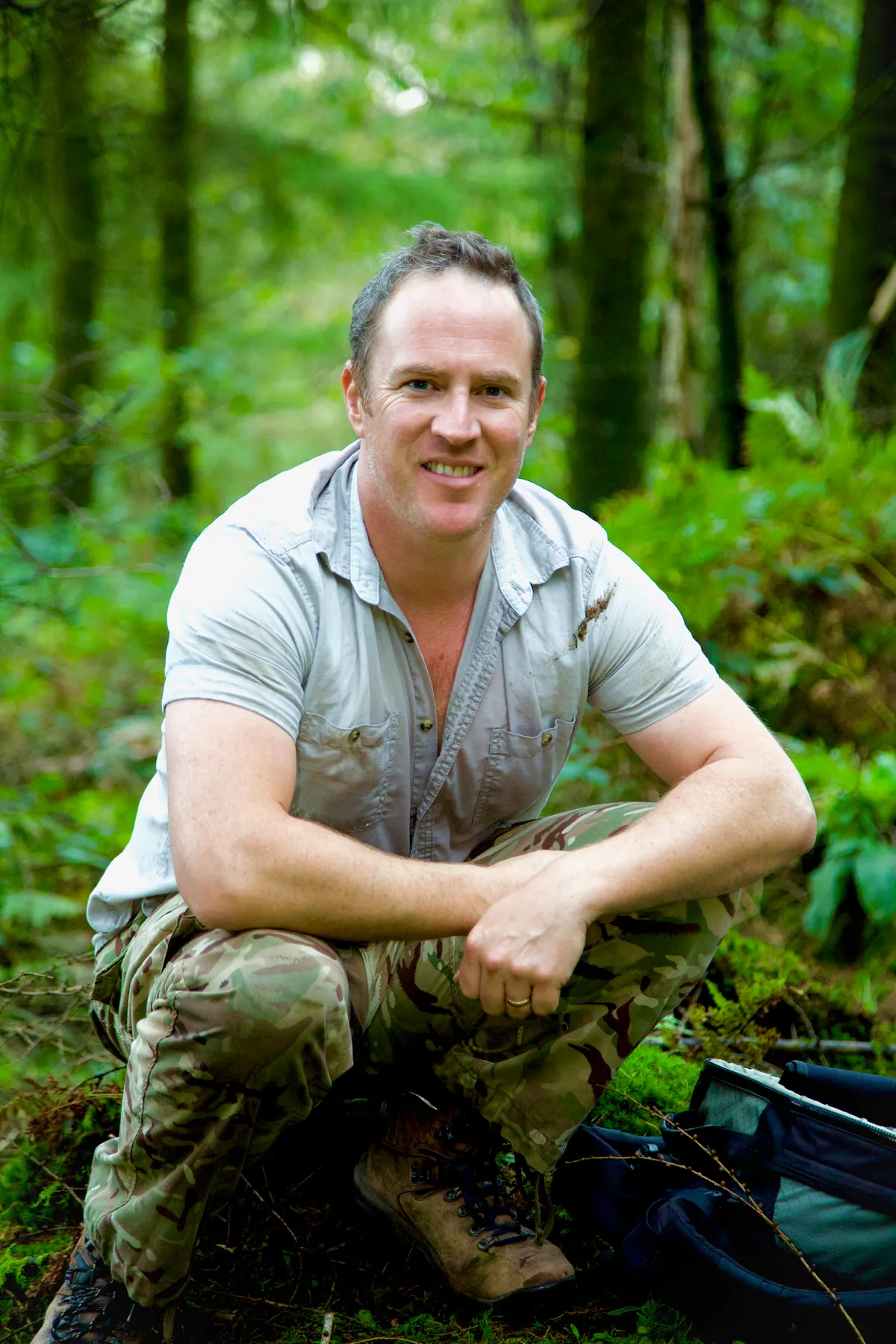
"Europe has a wealth of life that most people don’t know exists," says Giles Badger, producer of the Europe and Africa episodes.
"Slovenia has around 12,000 limestone caves in a country a couple of hundred miles across. In some of those caves lives a creature called an olm, which is a blind salamander. It’s the most incredible animal: it can live for nearly a century. People once thought olms were baby dragons."
"To film the olms we flew drones underground in the caves. I won’t reveal how many drones were harmed in the making of this picture, but I can report they all made it home safely in the end."
Who is the composer for Seven Worlds, One Planet?
Renowned composer Hans Zimmer has collaborated with Bleeding Fingers Music and singer songwriter Sia to create the score.
Hans Zimmer and Bleeding Fingers Music previously worked together on Blue Planet II, and Planet Earth II, for which they were nominated a BAFTA.
Working with the musician for the first time, Sia commented: “I was honoured to be asked to collaborate with Hans Zimmer for Seven Worlds, One Planet. The work this programme - and the Planet Earth series - does on behalf of our planet is essential and I’m proud to be a part of it.”
Main image: David Attenborough filming at Stokksnes beach in Iceland for Seven Worlds, One Planet. © Alex Board/BBC NHU

